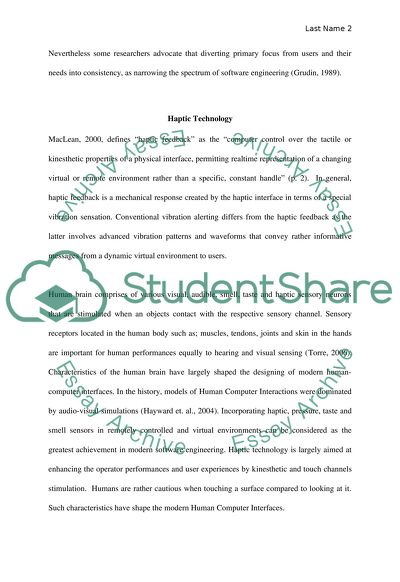Cite this document
(“The Human - Computer Interface Essay Example | Topics and Well Written Essays - 1000 words”, n.d.)
Retrieved from https://studentshare.org/information-technology/1484357-the-human-computer-interface
Retrieved from https://studentshare.org/information-technology/1484357-the-human-computer-interface
(The Human - Computer Interface Essay Example | Topics and Well Written Essays - 1000 Words)
https://studentshare.org/information-technology/1484357-the-human-computer-interface.
https://studentshare.org/information-technology/1484357-the-human-computer-interface.
“The Human - Computer Interface Essay Example | Topics and Well Written Essays - 1000 Words”, n.d. https://studentshare.org/information-technology/1484357-the-human-computer-interface.


